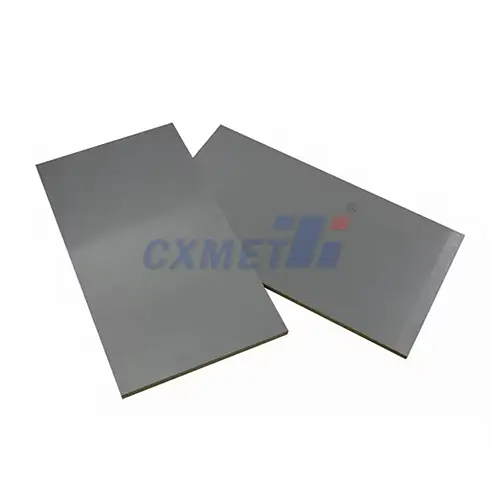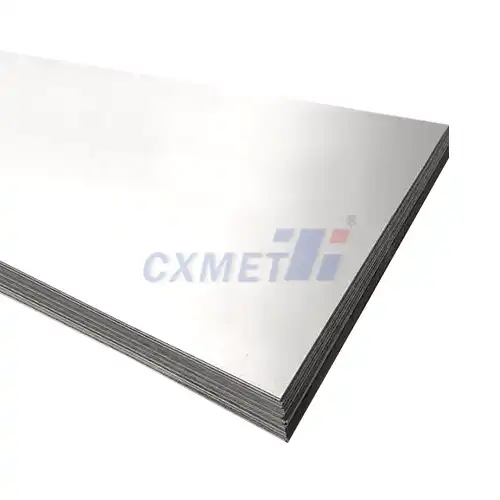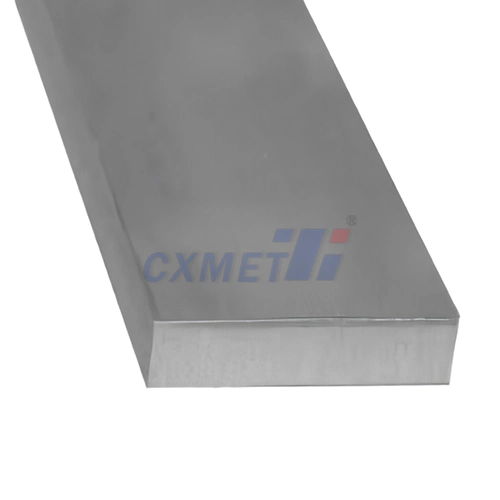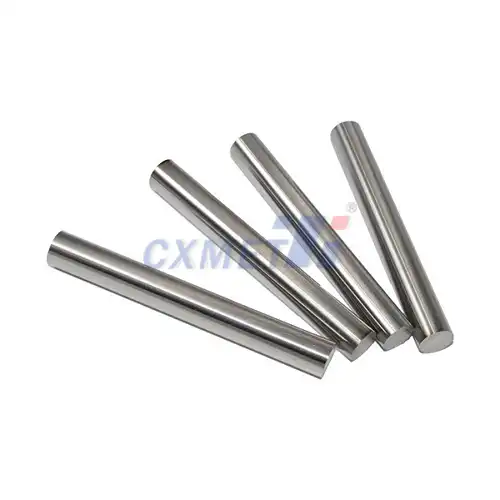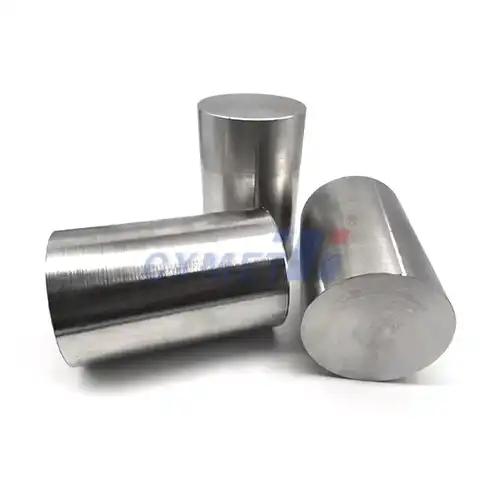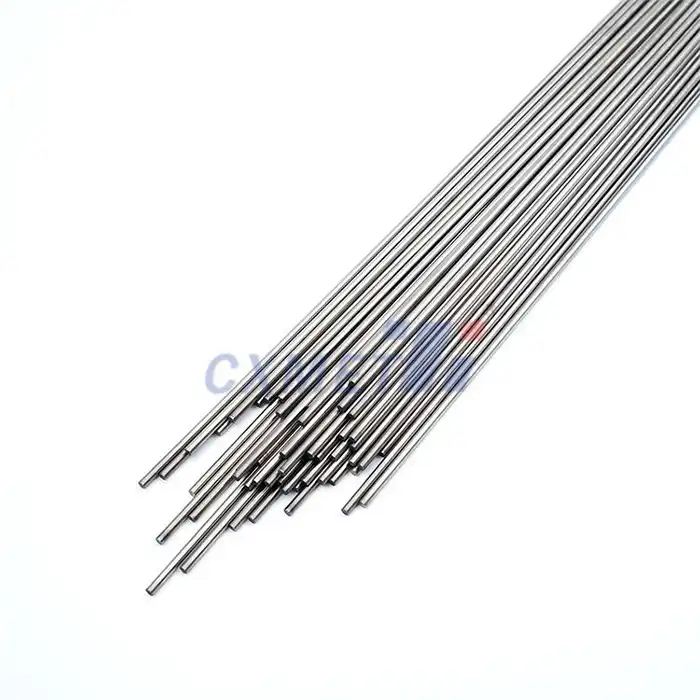- English
- French
- German
- Portuguese
- Spanish
- Russian
- Japanese
- Korean
- Arabic
- Greek
- German
- Turkish
- Italian
- Danish
- Romanian
- Indonesian
- Czech
- Afrikaans
- Swedish
- Polish
- Basque
- Catalan
- Esperanto
- Hindi
- Lao
- Albanian
- Amharic
- Armenian
- Azerbaijani
- Belarusian
- Bengali
- Bosnian
- Bulgarian
- Cebuano
- Chichewa
- Corsican
- Croatian
- Dutch
- Estonian
- Filipino
- Finnish
- Frisian
- Galician
- Georgian
- Gujarati
- Haitian
- Hausa
- Hawaiian
- Hebrew
- Hmong
- Hungarian
- Icelandic
- Igbo
- Javanese
- Kannada
- Kazakh
- Khmer
- Kurdish
- Kyrgyz
- Latin
- Latvian
- Lithuanian
- Luxembou..
- Macedonian
- Malagasy
- Malay
- Malayalam
- Maltese
- Maori
- Marathi
- Mongolian
- Burmese
- Nepali
- Norwegian
- Pashto
- Persian
- Punjabi
- Serbian
- Sesotho
- Sinhala
- Slovak
- Slovenian
- Somali
- Samoan
- Scots Gaelic
- Shona
- Sindhi
- Sundanese
- Swahili
- Tajik
- Tamil
- Telugu
- Thai
- Ukrainian
- Urdu
- Uzbek
- Vietnamese
- Welsh
- Xhosa
- Yiddish
- Yoruba
- Zulu
What are the Typical Applications of Titanium 6Al-4V Grade 5 Sheet?
2024-10-09 17:55:01
Titanium 6Al-4V Grade 5 Sheet, also known as Ti-6Al-4V or Ti 6-4, is a versatile and high-performance titanium alloy that has found widespread use across various industries. This remarkable material is prized for its exceptional strength-to-weight ratio, corrosion resistance, and biocompatibility. As a result, Titanium 6Al-4V Grade 5 Sheet has become an indispensable component in numerous applications, ranging from aerospace and medical to marine and industrial sectors. In this blog post, we'll explore the typical applications of this remarkable material and delve into why it has become the go-to choice for engineers and designers in demanding environments.
How does Titanium 6Al-4V Grade 5 Sheet compare to other alloys in aerospace applications?
The aerospace industry has long been at the forefront of materials innovation, constantly seeking alloys that can withstand extreme conditions while minimizing weight. Titanium 6Al-4V Grade 5 Sheet has emerged as a standout performer in this arena, offering a unique combination of properties that make it superior to many other alloys in aerospace applications.
One of the primary advantages of Ti-6Al-4V in aerospace is its exceptional strength-to-weight ratio. With a density of approximately 4.43 g/cm³, it is about 40% lighter than steel alloys with comparable strength. This weight reduction is crucial in aircraft design, as every kilogram saved translates to improved fuel efficiency and increased payload capacity. For instance, the Boeing 787 Dreamliner, one of the most advanced commercial aircraft, incorporates a significant amount of Ti-6Al-4V in its airframe, contributing to its improved fuel economy and reduced environmental impact.
When compared to aluminum alloys, another staple in aerospace construction, Ti-6Al-4V offers superior strength at elevated temperatures. While aluminum alloys may lose strength at temperatures above 150°C, Ti-6Al-4V maintains its mechanical properties at much higher temperatures, making it ideal for use in engine components and other high-temperature applications. This temperature resistance allows for the design of more efficient and powerful engines, pushing the boundaries of aircraft performance.
Corrosion resistance is another area where Ti-6Al-4V excels. Unlike many steel alloys that require protective coatings or frequent maintenance to prevent corrosion, Ti-6Al-4V naturally forms a stable oxide layer on its surface, providing inherent protection against corrosive environments. This property is particularly valuable in aerospace applications, where exposure to various environmental conditions and corrosive fluids is common.
The fatigue resistance of Ti-6Al-4V is also noteworthy. In the aerospace industry, where components are subjected to cyclic loading and vibrations, the ability to withstand repeated stress without failure is crucial. Ti-6Al-4V demonstrates excellent fatigue properties, outperforming many other alloys in this respect. This translates to longer service life for critical components and reduced maintenance requirements, both of which are essential factors in the aerospace industry.
What makes Titanium 6Al-4V Grade 5 Sheet ideal for medical implants?
The medical industry has embraced Titanium 6Al-4V Grade 5 as a material of choice for implants and surgical instruments, thanks to its unique set of properties that make it exceptionally well-suited for use in the human body. The biocompatibility of Ti-6Al-4V is perhaps its most crucial attribute in this context, but it's far from the only reason this alloy has become a staple in medical applications.
Biocompatibility is the ability of a material to perform with an appropriate host response in a specific application. Ti-6Al-4V excels in this regard, as it does not cause adverse reactions when in contact with human tissues and bodily fluids. The human body readily accepts titanium, and the risk of rejection or allergic reactions is extremely low compared to other metals. This acceptance by the body is due in part to the stable oxide layer that forms on the surface of the titanium alloy, which acts as a barrier between the metal and the surrounding tissues.
The osseointegration properties of Ti-6Al-4V are another significant advantage in medical implants. Osseointegration refers to the direct structural and functional connection between living bone and the surface of a load-bearing artificial implant. Ti-6Al-4V has been shown to promote excellent bone ingrowth and attachment, leading to stronger and more durable implants. This property is particularly valuable in dental implants, joint replacements, and spinal fusion devices, where a strong bond between the implant and the surrounding bone is crucial for long-term success.
The mechanical properties of Ti-6Al-4V also contribute to its suitability for medical implants. Its high strength-to-weight ratio allows for the creation of implants that are strong enough to withstand the loads and stresses of the human body while remaining lightweight. This is particularly important in applications such as hip and knee replacements, where the implant must be strong enough to support body weight and movement but not so heavy as to cause discomfort or impede mobility.
Corrosion resistance is another critical factor in the selection of materials for medical implants. The human body is a surprisingly corrosive environment, with various bodily fluids and a constant temperature of around 37°C (98.6°F). Ti-6Al-4V's excellent corrosion resistance ensures that implants made from this alloy will not degrade over time, maintaining their structural integrity and preventing the release of potentially harmful metal ions into the body.
The fatigue resistance of Ti-6Al-4V is also crucial in medical applications. Many implants, particularly those in joints, are subjected to cyclic loading over millions of cycles throughout their lifetime. The superior fatigue properties of Ti-6Al-4V ensure that these implants can withstand this repeated stress without failure, contributing to their longevity and reliability.
Can Titanium 6Al-4V Grade 5 Sheet be used in marine environments?
The marine environment is notoriously harsh on materials, with constant exposure to saltwater, varying temperatures, and potential biological fouling presenting significant challenges. However, Titanium 6Al-4V Grade 5 Sheet has proven to be an excellent choice for many marine applications, thanks to its unique combination of properties that make it well-suited to withstand these demanding conditions.
One of the primary reasons Titanium 6Al-4V Grade 5 Sheet excels in marine environments is its outstanding corrosion resistance. The alloy forms a stable, passive oxide layer on its surface when exposed to oxygen, which provides excellent protection against corrosive attack. This natural oxide film is highly resistant to saltwater and other corrosive media commonly found in marine environments. Unlike many steel alloys that require frequent maintenance and protective coatings to prevent corrosion in seawater, Ti-6Al-4V can maintain its integrity for extended periods with minimal maintenance.
The corrosion resistance of Ti-6Al-4V is particularly valuable in applications such as offshore oil and gas platforms, desalination plants, and marine research equipment. In these settings, the cost of maintenance and downtime due to corrosion-related issues can be substantial. By using Ti-6Al-4V components, operators can significantly reduce these costs and increase the reliability of their equipment.
Another advantage of Ti-6Al-4V in marine applications is its high strength-to-weight ratio. This property makes it an excellent choice for components that need to be both strong and lightweight. In marine vessels, reducing weight while maintaining structural integrity can lead to improved fuel efficiency and increased payload capacity. For example, Ti-6Al-4V has been used in the construction of submarine hulls, where its combination of strength and low density allows for deeper diving capabilities without compromising the vessel's performance.
The fatigue resistance of Ti-6Al-4V is another crucial factor in its suitability for marine applications. Marine components are often subjected to cyclic loading due to wave action, vibrations, and other environmental factors. The superior fatigue properties of Ti-6Al-4V ensure that components can withstand these repeated stresses over long periods without failure. This is particularly important in applications such as propeller shafts, pump components, and other critical marine machinery.
Ti-6Al-4V also demonstrates excellent resistance to erosion and cavitation, which are common issues in marine environments. Erosion can occur due to the impact of suspended particles in seawater, while cavitation is caused by the formation and collapse of vapor bubbles in high-speed fluid flow. Both of these phenomena can cause significant damage to less resistant materials. The hardness and surface properties of Ti-6Al-4V make it highly resistant to these forms of wear, making it ideal for use in marine propellers, impellers, and other components exposed to high-velocity fluid flow.
The biocompatibility of Ti-6Al-4V, while primarily valued in medical applications, also has relevance in marine environments. This property makes the alloy resistant to biofouling, which is the accumulation of microorganisms, plants, algae, or animals on wetted surfaces. Biofouling can be a significant problem in marine applications, leading to increased drag on vessels, reduced efficiency of heat exchangers, and other issues. While Ti-6Al-4V is not completely immune to biofouling, its resistance is generally superior to many other materials used in marine environments.
Furthermore, the non-magnetic nature of Ti-6Al-4V can be advantageous in certain marine applications. For instance, in naval vessels or marine research equipment where magnetic signatures need to be minimized, the use of Ti-6Al-4V components can help reduce overall magnetic interference.
It's worth noting that while Ti-6Al-4V offers numerous advantages in marine environments, its higher cost compared to more traditional materials like stainless steel or bronze can be a limiting factor in some applications. As such, its use is often reserved for critical components where its unique properties provide significant benefits that justify the additional expense.
In conclusion, Titanium 6Al-4V Grade 5 Sheet is indeed well-suited for use in marine environments. Its exceptional corrosion resistance, high strength-to-weight ratio, fatigue resistance, and other favorable properties make it an excellent choice for a wide range of marine applications. As the marine industry continues to push the boundaries of technology and explore more challenging environments, the role of advanced materials like Ti-6Al-4V is likely to become increasingly important.
At SHAANXI CXMET TECHNOLOGY CO., LTD, we take pride in our extensive product range, which caters to diverse customer needs. Our company is equipped with outstanding production and processing capabilities, ensuring the high quality and precision of our products. We are committed to innovation and continuously strive to develop new products, keeping us at the forefront of our industry. With leading technological development capabilities, we are able to adapt and evolve in a rapidly changing market. Furthermore, we offer customized solutions to meet the specific requirements of our clients. If you are interested in our products or wish to learn more about the intricate details of our offerings, please do not hesitate to contact us at sales@cxmet.com. Our team is always ready to assist you.
References
1. Boyer, R., Welsch, G., & Collings, E. W. (1994). Materials properties handbook: Titanium alloys. ASM International.
2. Peters, M., Kumpfert, J., Ward, C. H., & Leyens, C. (2003). Titanium alloys for aerospace applications. Advanced Engineering Materials, 5(6), 419-427.
3. Rack, H. J., & Qazi, J. I. (2006). Titanium alloys for biomedical applications. Materials Science and Engineering: C, 26(8), 1269-1277.
4. Lütjering, G., & Williams, J. C. (2007). Titanium. Springer Science & Business Media.
5. Donachie, M. J. (2000). Titanium: A technical guide. ASM International.
6. Leyens, C., & Peters, M. (Eds.). (2003). Titanium and titanium alloys: Fundamentals and applications. John Wiley & Sons.
7. Niinomi, M. (2008). Mechanical biocompatibilities of titanium alloys for biomedical applications. Journal of the Mechanical Behavior of Biomedical Materials, 1(1), 30-42.
8. Schutz, R. W., & Watkins, H. B. (1998). Recent developments in titanium alloy application in the energy industry. Materials Science and Engineering: A, 243(1-2), 305-315.
9. Elias, C. N., Lima, J. H. C., Valiev, R., & Meyers, M. A. (2008). Biomedical applications of titanium and its alloys. JOM, 60(3), 46-49.
10. Titanium Alloy Guide. (2021). United Performance Metals.
